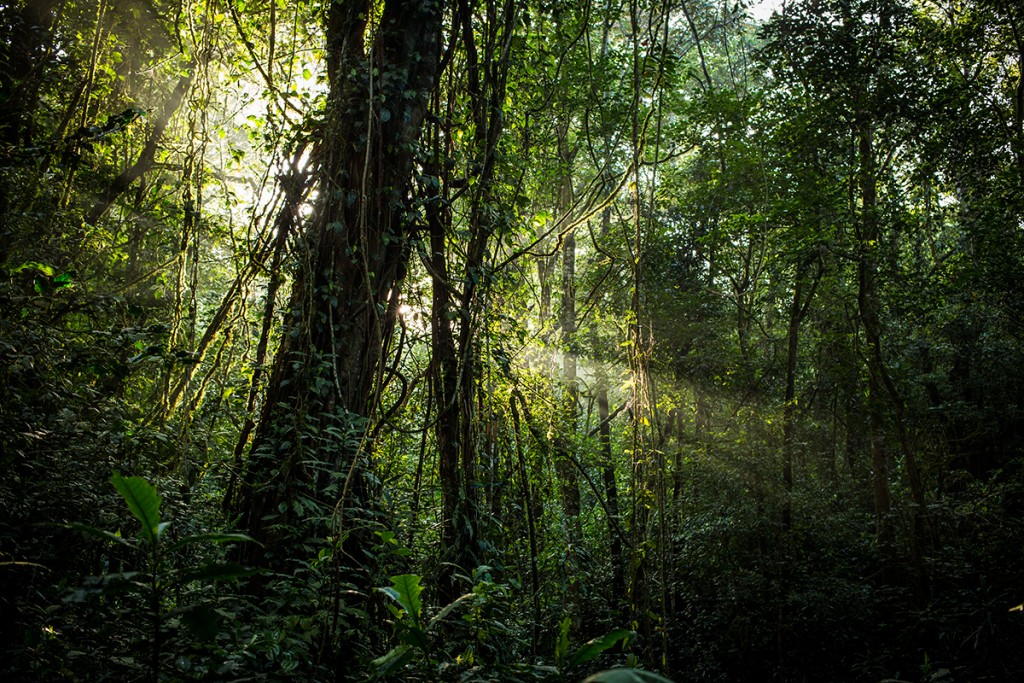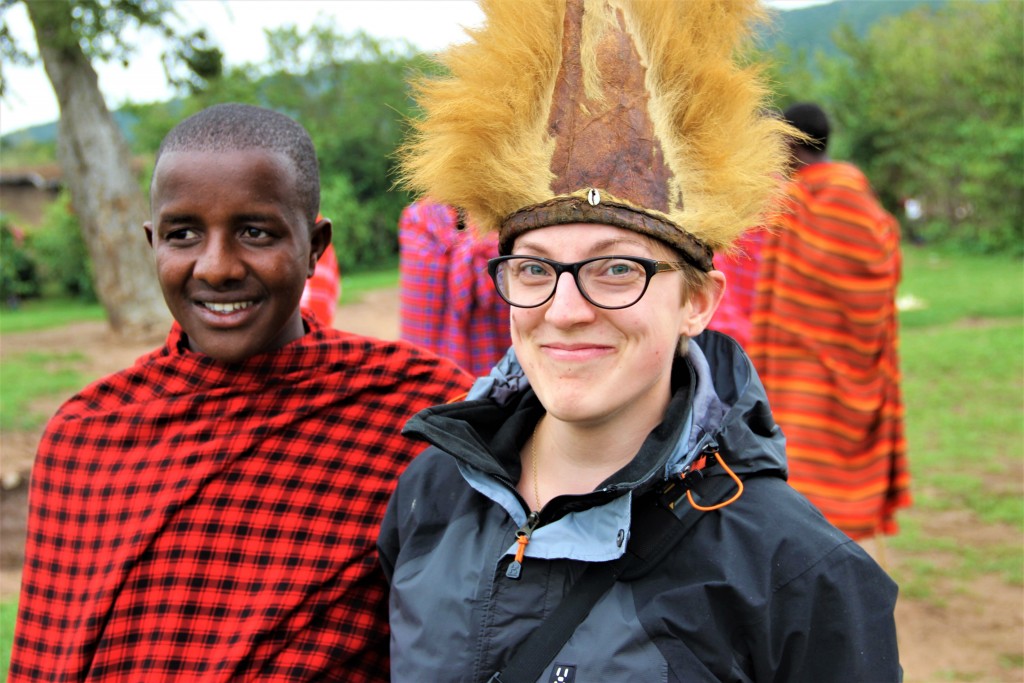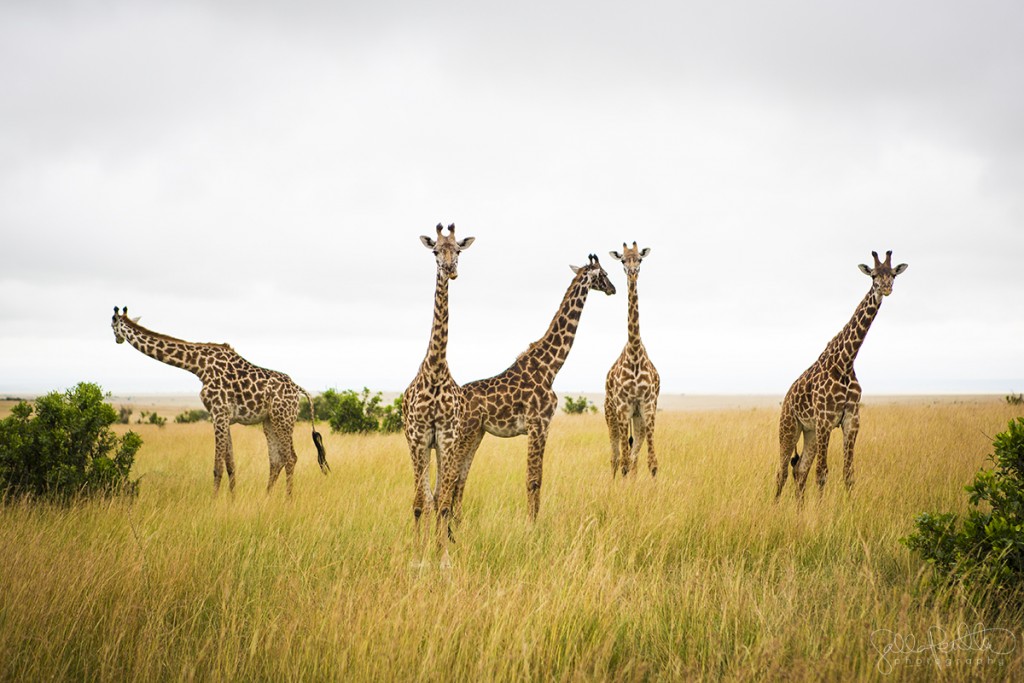Now when my trip has reached its’ halfway point it’s good to tell you something about hakuna matata in Kenya. I’m doing 10 weeks working placement as part of my emergency nursing studies. Here my objectives involve medical, surgical and pediatric nursing. Apart from the hospital work I’ve also worked with an organization that helps for example local kids who live on the streets.
First 3 weeks I spent in medical ward where we had 3-4 nurses, 25-35 patients and depending on a day 2-15 nursing students (both university and diploma). Students took care of the patients very independently (including iv medication). Sometimes their attitude even was that ”you learn from your mistakes”. The system felt very unorganized. People were never on time, they consumed time in wrong things (the morning report took always over 1 hour) and when it comes to asepsis they used same brannulas several times, didn’t have enough gloves or alcohol swaps but still told us not to carry dirty sheets but put them on a trolley instead.

In renal unit things were a bit better but still the sterile procedures weren’t sterile at all. Doctors and nurses have a lot of knowledge but I guess the lack of equipment affects also their working moral. Also it’s a bit hard to treat a patient who can’t afford the examinations you’ve ordered for them (for example ECG) and the hospital doesn’t always have the medication you have prescribed to the patient. If the hospital doesn’t have it, relatives should buy it. If relatives won’t buy it, patient won’t get it at all.

After a week in surgical ward they asked feedback from me. I talked about their way of documentation. Why are they writing that things happened at the ideal time when in reality the morning medication was administered at 1 pm. I also wondered their way of treating and preventing bedsores. There’s a timetable on the wall of the ward where’s also written the times when patients should be turned if they can’t do it themselves. Still I didn’t see anybody doing that. After wound dressing the patients were left just as they were: lying on the bedsores on their back.

Here we have a great team of seven Finnish nursing students from Vaasa, Mikkeli, Seinäjoki and Tampere. We didn’t really know each other very well before the departure but already the night we spent awake at the Nairobi airport made us a really good team. Together we went on a safari to Lake Nakuru and Masai Mara. A great experience that you cannot miss if you travel this far! Then we visited Kakamega rain forest and during our week off we’re going to travel to the east coast to enjoy the white beach and the ocean.

Kisumu is one of the largest cities in Kenya. When you’re walking in the streets of the city center you’ll hear people greeting you (”Hello, how are you?”), calling you mzungu (a word meaning a white person in kiswahili) and staring at you. The prizes of tuktuks, fruits, clothes in the street markets are always higher for you than for the locals. You need to master the art of bargaining.
If you want to know more feel free to follow my blog www.ke2018nya.blogspot.com (in Finnish)!


Comments